The subject of the least characteristic essay in this engrossing collection of meditations on painters, painters’ lives, painting and reactions to painting is René Magritte — whose best work David Sylvester rather rashly claimed induces ‘the sort of awe felt in the presence of an eclipse’. Julian Barnes discusses what he calls the artist’s doctrine (doctrine?) of ‘elective affinities’, which proposes the antipodes of Lautréamont’s ‘chance encounter on a dissecting table of a sewing machine and an umbrella’. Thus in the painting of that name a birdcage is filled not with a random safety razor or knuckleduster but with a giant egg. Barnes then introduces an acquaintance who ‘can’t drive past a field of sheep without muttering Dinner… he claims to be merely hungry rather than Magrittean’.
This is a tactful means of pointing to the commonplace meagreness of what Barnes calls the painter’s ‘night-time aperçu’: he doesn’t quite go so far as to say that ideas, conceits and analyses are better left to writers. He seems so bemused and let down by Magritte’s conceptual failings that he omits to draw attention to the inadequacy — a bizarrely Escheresque inadequacy — with which the painter rendered his flattened head and impossibly positioned brush arm in a self-portrait with another (normal scale) egg and a raptor.
Or maybe he hadn’t the heart to put the boot in. This is, after all, a book whose personae, with one exception, are treated with degrees of fondness ranging from dutiful respect to Howardolatry. Barnes does not remind us that Howard Hodgkin — his friend and quondam travelling companion, here known as H. H. — is a kinsman of the artist and critic Roger Fry; a lesser writer whose presence in these pages is only emphasised by his muteness. The overlap of taste, anecdotal style and antipathy to the academy, though, are beyond coincidence.
The same might be said of Nikolaus Pevsner, who, like Barnes, found it difficult to reconcile belief in progress with the places to which progress, or its myriad impostors, leads; especially when those places are morally void markets where ‘“successful” artists of the 21st century’ flog ‘their endless versions of the same idea to know-nothing billionaires’.
There is of course nothing peculiarly 21st-century about such transactions, though: in 1900 Cézanne was living in a quarry reading Flaubert (as predictably ubiquitous here as the recurring adjective suave is unexpected) when the dealer Ambroise Vollard bought one of his canvases for 300 francs and sold it on for 7,500.
Barnes notes that today one of St Anthony’s temptations would be artistic success, for such success is subject to no measure other than pecuniary: how can there be, when there is no standard, no consensus, when ‘art’ stands for a hangar-sized wardrobe of the emperor’s new installations, videos, loops, interactive handshake sheds?
Barnes, nevertheless, confidently asserts that the second half of the 20th century in Britain will come to be seen as ‘a period dominated by painters: Bacon, Freud, Hockney, Hodgkin, Riley (and Caulfield, Auerbach…)’ Is this the optimism of a writer whose love of painting trespasses into infatuation? Probably not. Fashion moves quickly and cruelly. Barnes will be proved right; it is the sheer physicality and brute practicality of pigment on a flat surface that will cause painting to endure.
He may, however, have got some of the painters’ names wrong. Where is Burra? Where is Weight? Will Freud, a target for Barnes’s venomous acuity, really survive? Or will Kenneth Clark’s dismay at his change of style from neue-neue-Sachlichkeit to impasted daubery come to be time’s verdict? Barnes weirdly equates thick brush marks with the truthful rendering of the body. Oblivion has beckoned for many better painters than Freud, some of whom have walk-on roles here. Thomas Couture, for instance, failed to jump on the impressionist bandwagon which carried his sometime pupil Edouard Manet to glory (and notoriety). Barnes somewhat harshly derides Couture as a ‘fashionable peintre-pompier’ whose posthumous and thus unwitting tort was to be presented at a Musée d’Orsay exhibition four years ago as a precursor of Manet rather than a teacher whose example the younger man rejected: this misreading was of course a curatorial caprice, an overcute rewriting.
There can be no such rewriting of Manet’s death (tertiary syphilis, locomotor ataxia, gangrene, amputation); nor of Courbet’s from dropsy. Dr Barnes tells us with quiet glee that ‘tapping’ (draining the abdomen) produced 20 litres of liquid while steam baths and purges had released a mere 18 litres from the anus. The cause was alcohol: 30 bocksin an evening, according to another painter granted no more than a cameo, Alfred Stevens, who in his lifetime enjoyed immense fame but is today occluded in the interstices of salon history.
Barnes’s writing on art began in the late 1980s, with the chapter in A History of the World in Ten and a Half Chapters on ‘The Raft of the Medusa’. His curiosity about painting, which for him seems usually to mean French painting, began in 1964 at the then neglected Musée Gustave Moreau, the painter’s former studio in the quarter of Paris south of Pigalle called la Nouvelle Athènes. Fifty years later, having learnt, inter alia, that Moreau was the only contemporary painter whom Flaubert admired, Barnes returns to this quirky shrine. He has, however, also learnt what Degas said of it: ‘How truly sinister… It might be a family vault.’ It takes a nifty bit of footwork, a sort of Cruyff turn, to sort this one out. But sort it out he does, triumphantly: ‘The Flaubert who admired Gustave Moreau was the Flaubert of Salammbô rather than of Madame Bovary.’ So there.
Got something to add? Join the discussion and comment below.
Get 10 issues for just $10
Subscribe to The Spectator Australia today for the next 10 magazine issues, plus full online access, for just $10.
Available from the Spectator Bookshop, £14.49 Tel: 08430 600033
You might disagree with half of it, but you’ll enjoy reading all of it. Try your first month for free, then just $2 a week for the remainder of your first year.

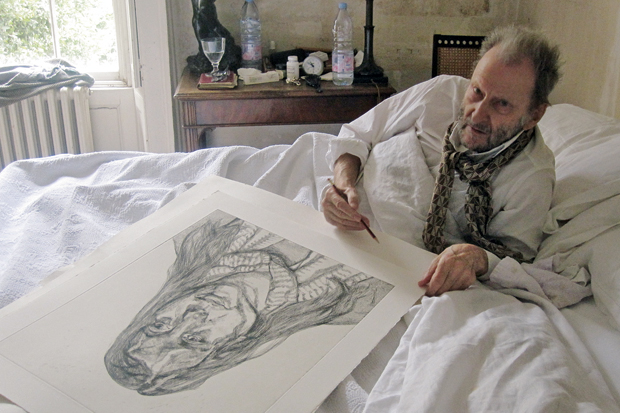
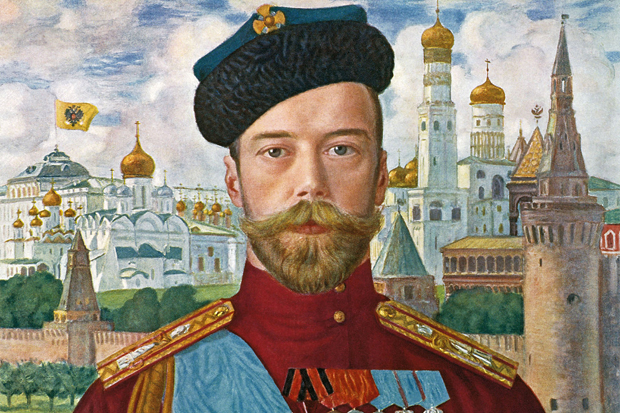

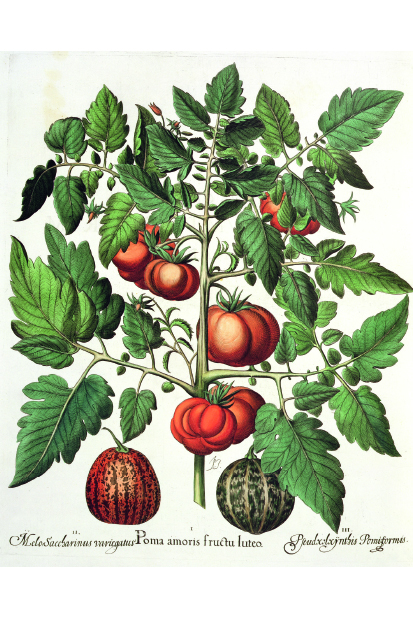
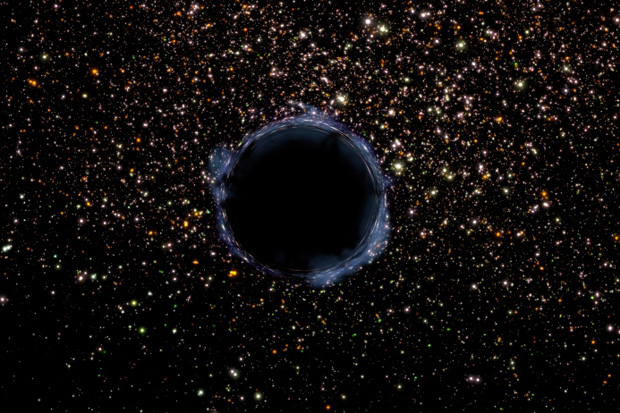
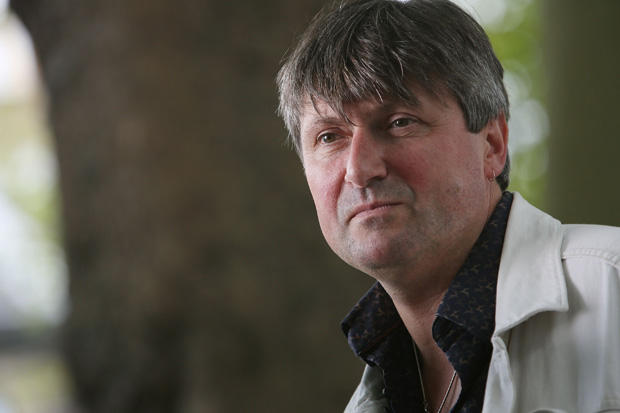
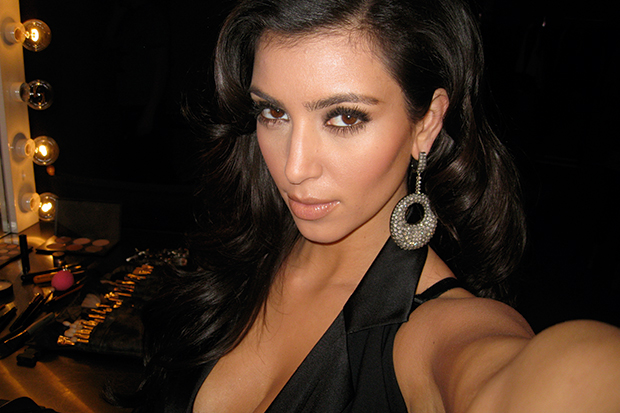






Comments
Don't miss out
Join the conversation with other Spectator Australia readers. Subscribe to leave a comment.
SUBSCRIBEAlready a subscriber? Log in